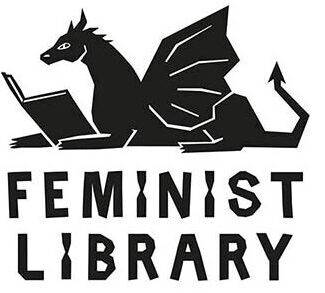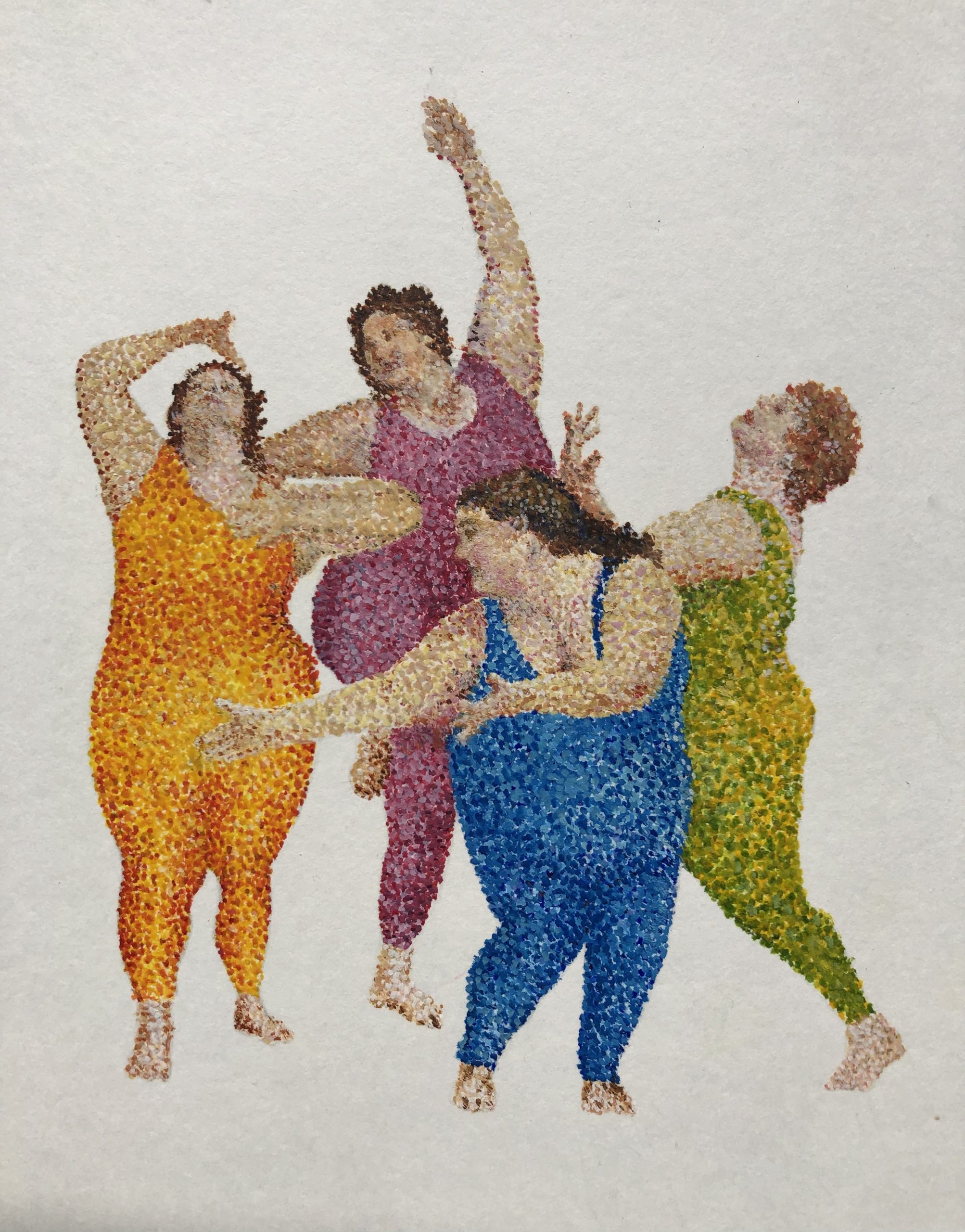Being Fat: Women, Weight and Feminist Activism in Canada by Jenny Ellison

Jenny Ellison shines a spotlight on Canadian women as they combat the social issues they face by being overweight, during the years 1977 – 1997. She uses interviews and publications from that time to create an inspiring work of historical writing, which focuses on fat activism and feminism and thoroughly explores all their intersections with politics, sexuality and community.
The book is dedicated to the interviewees for the ‘joyful and challenging stories’ which ‘were shared with me [her] by fat activists during oral history interviews that took place between 2005 – 2015.’ The women share stories of social stigmatisation and exclusion. The effects of this stigma can be as everyday as not finding clothes that fit, or as drastic as a medical misdiagnosis because a doctor couldn’t look past a patient’s weight. A common theme that is addressed is the circulation of harmful media which perpetuates this discrimination.
The book discusses theories on why this type of discrimination occurs; referencing moralism and post-war attitudes towards discipline but the writing is focused on what these women felt and what they did about it, and not the cause of the issue.
The issues discussed are still heartbreakingly prevalent today. While reading the chapter on fashion, I related to almost all the testimonies as I relived my overweight childhood, trying to style out clothes from the maternity section. However, the frustration I felt when reading about the discrimination, slowly turned to joy as I learned about the powerful women who refused to put up with it.
Ellison weaves writing by Susie Orbach, Judith Butler, Kim Chernin and poets like C.M Donald, to create a contextualised and informed landscape of early fat activism in Canada and its influences. She gathers the stories of groups like FU (Fat Underground), the fabulous Burlesque performance group Pretty Porky and Pissed Off, Large As Life and Fat Girl Food Squad. These are a tiny fraction of the choir of voices in this book.
What the aforementioned women did first and foremost was talk about the issues that united them. They did this in workshops such as ‘The Forgotten Woman’, and ‘Exploding Media Myths’ where they worked through negative conditioning about their self-image. They publicised these issues in books or magazines such as Hersize and Bolster.
Ellison shows the range of these talks and the subsequent writing. They went from practicalities like which shops had the best jean sizes, to tackling the psychological issues such as the Foucault-esque constant self-surveillance of diet culture and why people would risk their lives to ‘cure’ being fat with dangerous surgeries.
What follows is the ‘action’ side of activism. For these women, action meant organising music festivals, aerobics classes (clothes designed by fat women, for fat women), Saturday swimming sessions, brunches (by the Fat Girl Food Squad so women can enjoy eating together), burlesque performances, dance classes and fashion shows. All of these were by fat women and for fat women. They had created safe, inclusive spaces in the name of empowering women. I felt such joy reading about their successes, especially knowing how difficult they were to reach. The story of Big Dance, a dance class for larger women founded by Lynda Raino, went straight to my heart as I read about how the dancers felt their confidence grow with each lesson.
The writing conveys the results of the activists’ efforts : awareness, information, empowerment and above all, community and support. The feeling of meeting new women in these groups to say “I’m also facing this, I’m here for you”; a gesture which reaches the reader as well.
If you want more about the rich history of fat activism – and you will after this book- she has a wealth of resources.
Before this, the fat activist media I was exposed to was mainly Barbie Ferreira’s ‘How To Behave’ on Youtube and following Fat In Film on instagram, so I am grateful to have been introduced to such great material through Jenny Ellison. I have my eye on ‘Shadow on a Tightrope’ next, or the Big Dance documentary.
In the opening chapter, the ideas were not organised thematically or chronologically in the way that they are in the rest of the book, which took me a moment to adjust to. The following chapters were exactly my kind of organisation, with a simple writing style which lets the stories of the activists shine.
She writes about the lack of diversity in her interviewees, as most of them are middle-class white, cis women. I would love Ellison to continue her work including the voices that were not heard in this book, because she has a talent for curating seminal voices of historical importance, which are otherwise overlooked.
Being Fat : Women, Weight and Feminist Activism in Canada sits firmly in the “literature that makes me feel good about my body as it is now” category. A must-read for anyone who wants empowering stories of fat triumph and stories which can act as blueprints for a new generation’s workshops and events.
Review written by Maria Katerina Ieridou
Artwork by Maria Ieridou, based on a photograph by John Hoadley of dancers from the Big Dance group. Photo was originally found in the Winter 2001 issue of Radiance Magazine.

